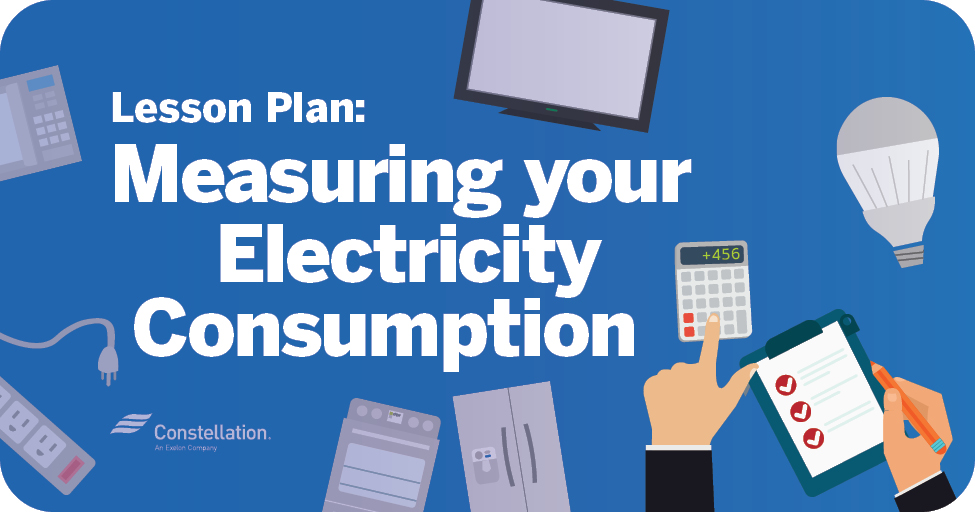This week’s lesson on electricity consumption builds upon the previous week’s lesson. However, topics will be re-introduced for newcomers! For students and families continuing on from the previous lesson with a good understanding of your electric bill, this week will allow you to do the actual calculations! Students will think about their activities and the pluggables they use in order to crunch the numbers that add up to a monthly bill! As this lesson again centers around electricity, the introductory text will revisit and review electricity text previously covered with the activities reinforcing concepts not yet supported in other activities.
Looking for more home energy activities? We’re pleased to work with The National Energy Education Development Project (NEED), to deliver these fun activities. Be sure to check out their library of resources, and their specialized collection of energy-themed distance/at-home learning activities. All activities are totally free for use at home or school, and accessible by visiting their website, www.NEED.org.
- Background reading: Primary Infobook Electricity
*Primary reading is structured with the student reader page first, and the teacher/adult page second. Younger or less advanced readers can read along with the student pages, and the teacher pages may be read aloud to them. Advanced readers may be able to read most on their own.
- Background reading: Elementary Energy Infobook Electricity
- Printable Activity: Transporting Electricity
- Background reading: Intermediate Energy Infobook Electricity
- Printable Activity: Famous Names Electric Math
- Background reading: Secondary Energy Infobook Electricity
- Printable Activity: Famous Names Electric Math
- Morning Money Crunch has students amplifying their home electricity use survey & electric bill discussions to include more of a quantitative analysis. In this activity, students will work together to gather data on the number of pluggable devices they have, how much power they might draw, and how frequently they are used to determine an estimated cost for their use. The activity is framed to consider only the items used when getting ready in the morning, however, the activity could be shifted to meet any time of day, or several times throughout the day. Encourage younger students to work with older students, where applicable to “crunch their numbers.”
Extensions
- Compile the data into a spreadsheet and estimate the cost of powering all of your household devices. How does it compare to your electricity bill? What are some reasons your calculations might be over or under?
Additional Support Links:
- https://switchon.org/ (Free signup for all video clips)
- https://www.eia.gov/energyexplained/
- https://www.eia.gov/kids/
Spring Lesson Plans:
- Lesson Plan 1: Energy Basics and Energy Sources
- Lesson Plan 2: Electricity and Electricity Generation
- Lesson Plan 3: Conservation at Home
- Lesson Plan 4: Wind and Natural Gas
- Lesson Plan 5: Solar Energy
- Lesson Plan 6: Understanding Your Energy Bill
- Lesson Plan 8: Lighting and Appliances
Fall Lesson Plans:
- Lesson Plan 1: Biomass
- Lesson Plan 2: Hydropower
- Lesson Plan 3: Water Conservation
- Lesson Plan 4: Climate Change and Energy Conservation
- Lesson Plan 5: Heating and Cooling
